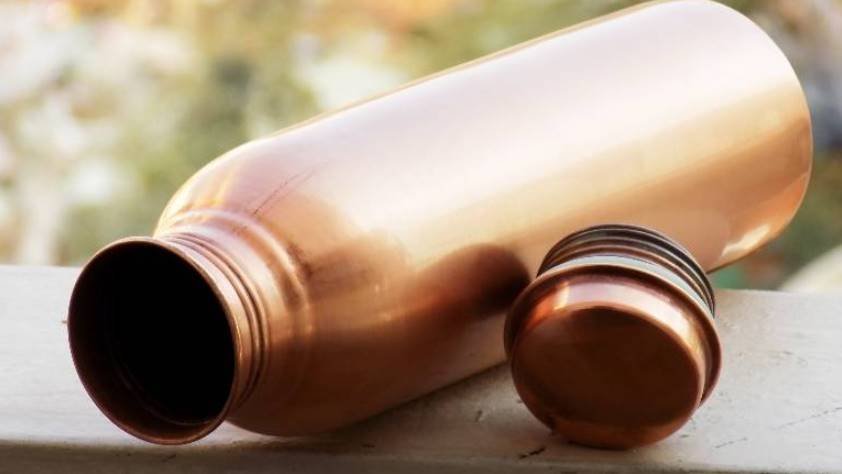That plaintive meow you hear from your feline friend is more than just a sound; it’s a complex form of communication. When a cat is “crying,” they are often trying to tell you something important about their needs, health, or emotional state. Understanding these vocal cues is key to providing the best care. This guide will help you decipher what your cat is trying to say, why they might be crying, and how you can help soothe them, strengthening the bond you share.
The Difference Between Tears and Crying in Cats
One of the biggest misconceptions among cat owners is that cats cry tears when they are sad. While cats certainly have tear ducts, their function is to lubricate and protect the eyes.
If you see tears streaming from your cat’s eyes, it’s almost always due to a physical issue, not an emotional one. This could be anything from an eye infection like conjunctivitis, an upper respiratory infection, a blocked tear duct, or even allergies. Emotional “crying” in cats is expressed vocally through meows, yowls, and other sounds.
So, when we talk about a crying cat, we are referring to their vocalizations. It’s a crucial distinction that helps you focus on the right clues to understand their well-being.
Decoding Your Cat’s Meows and Vocal Cues
Cats have developed a sophisticated range of sounds primarily to communicate with humans, not other cats. The type of meow can tell you a lot about what your cat wants.
A short, high-pitched meow might be a simple greeting, while a long, drawn-out meow could signal a more urgent demand, like “My food bowl is empty!” A low-pitched, guttural growl or hiss is a clear sign of annoyance or fear. Paying attention to the pitch, length, and frequency of your cat’s cries is the first step in understanding their message.
Repeated meowing, especially if it’s insistent, means your cat is trying very hard to get your attention for a specific reason. It’s a call for you to investigate what’s going on in their world.
Common Reasons Your Cat Might Be Crying
A crying cat is a cat with a need. The challenge is figuring out exactly what that need is. While every cat is an individual, their cries often fall into a few common categories.
Observing the context of the crying is just as important as hearing the sound itself. Is it happening around mealtime? When you’ve just come home? Or in the middle of the night? Each scenario provides valuable clues to the cause.
Some of the most frequent reasons for a cat’s cries include:
- Hunger or Thirst: This is often the easiest to solve. Their cries may become more insistent as their regular feeding time approaches.
- Attention Seeking: Cats are social animals and may cry simply because they want to play, be petted, or just have you in the same room.
- Pain or Discomfort: This is a serious cause. If the crying is sudden, persistent, and sounds distressed, it could be a sign of an underlying medical issue, such as a urinary tract infection or arthritis.
- Stress and Anxiety: Changes in the environment, like a new pet, a new baby, or moving to a new house, can cause significant stress, leading to increased vocalization.
It’s important to never punish a cat for crying, as it’s their primary way of telling you something is wrong. Instead, work to identify and address the root cause.
How to Read Your Cat’s Body Language
Vocalizations are only one part of the story. Cats are masters of non-verbal communication, and their body language can give you a much clearer picture of their emotional state. A crying cat whose tail is held high is likely just seeking attention, while one who is crying while crouched low with flattened ears is probably scared or in pain.
Learning to read these physical signals in conjunction with their cries will make you a much more effective feline interpreter. Look at their entire body, from the tip of their ears to the end of their tail, to get the full message.
Here is a simple breakdown of common body language signals:
| Body Part | Content or Happy Cat | Stressed or Fearful Cat |
| Ears | Facing forward, relaxed | Flattened against the head, turned sideways |
| Eyes | Soft gaze, slow blinking | Wide pupils, staring intensely |
| Tail | Held high with a slight curve | Tucked under the body or thrashing back and forth |
| Posture | Relaxed, open body | Crouched low to the ground, arched back |
Simple Ways to Comfort a Crying Cat
Once you have a better idea of why your cat is crying, you can take steps to comfort them. If the cause is simple, like hunger or a dirty litter box, the solution is straightforward. However, if the cause is emotional, like loneliness or anxiety, you’ll need to provide more support.
Creating a stable and enriching environment is fundamental to a cat’s emotional well-being. This means providing predictable routines for feeding and playtime, as well as plenty of safe spaces where they can retreat and feel secure, such as a cozy cat bed or a high perch.
Engaging your cat in daily interactive play sessions with toys like feather wands can help relieve stress and boredom. It also strengthens your bond, which can reduce attention-seeking cries. For anxious cats, pheromone diffusers can help create a calming atmosphere in the home.
When Should You Call the Vet?
While many causes of crying can be managed at home, some situations require professional help. It’s crucial to know when it’s time to consult your veterinarian.
You should make an appointment with your vet if the crying is sudden and intense, if it persists for more than 24 hours without an obvious reason, or if it is accompanied by other worrying symptoms. These can include changes in appetite or thirst, hiding, lethargy, vomiting, or trouble using the litter box.
Never hesitate to seek professional advice, as excessive crying can be your cat’s way of signaling a serious medical condition that needs immediate attention. A veterinarian can rule out physical ailments, and if the issue is behavioral, they may refer you to a certified feline behaviorist for more specialized help.
Frequently Asked Questions about a Crying Cat
Why does my cat cry so much at night?
Cats are naturally more active at dawn and dusk. Nighttime crying can be due to boredom, loneliness, or hunger. Try having an interactive play session and a small meal before you go to bed to help them settle down.
Can a cat cry from loneliness?
Yes, cats are social creatures and can cry if they feel lonely or are seeking your attention. Spending quality time with your cat each day through petting and playing can help alleviate these cries.
Is my cat crying for attention or are they in pain?
Look for other signs. If the crying is accompanied by hiding, aggression when touched, or changes in eating or litter box habits, it’s more likely to be pain. If they cry and then lead you to their food bowl or a toy, it’s likely for attention.
My older cat has started crying a lot, what could it be?
Increased vocalization in senior cats can be a sign of age-related issues like cognitive dysfunction (similar to dementia in humans), hearing loss, or chronic pain from conditions like arthritis. A vet check-up is highly recommended.
How can I stop my cat from crying to be fed in the morning?
Do not feed your cat immediately after they cry, as this reinforces the behavior. Wait until they are quiet before putting food down. Using an automatic feeder set to a specific time can also help break the association between their crying and you feeding them.








Leave a Comment